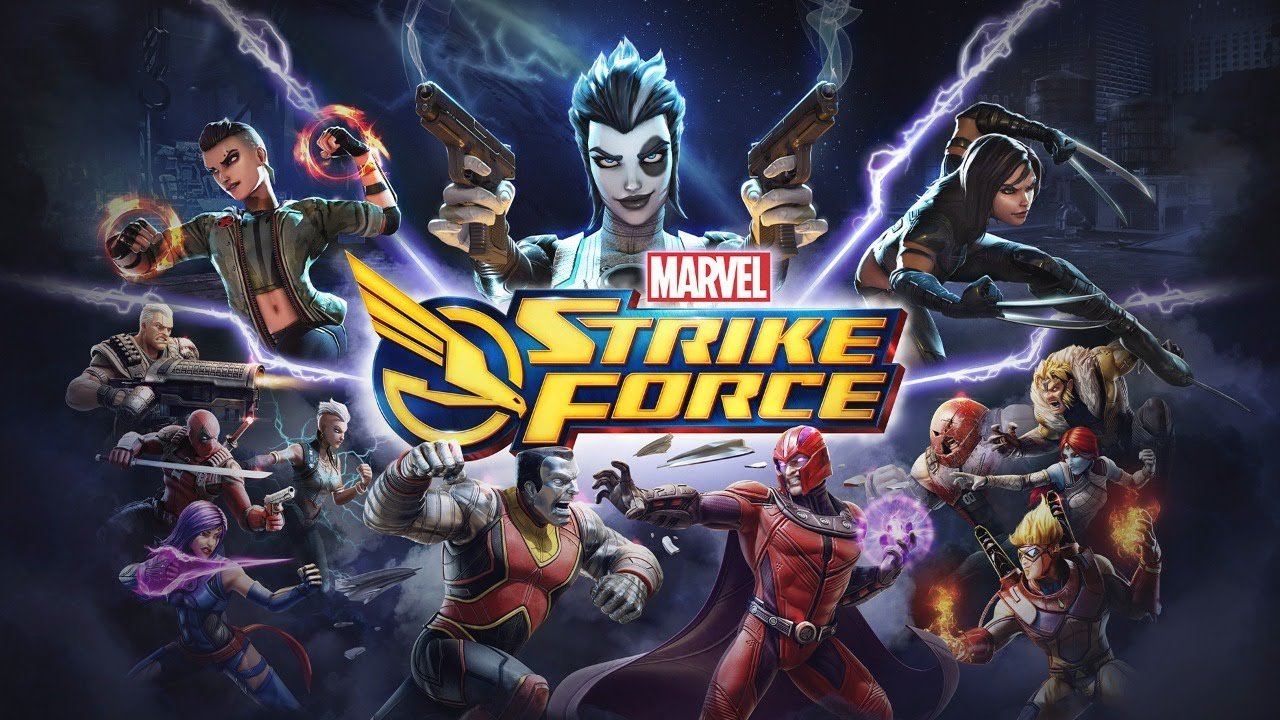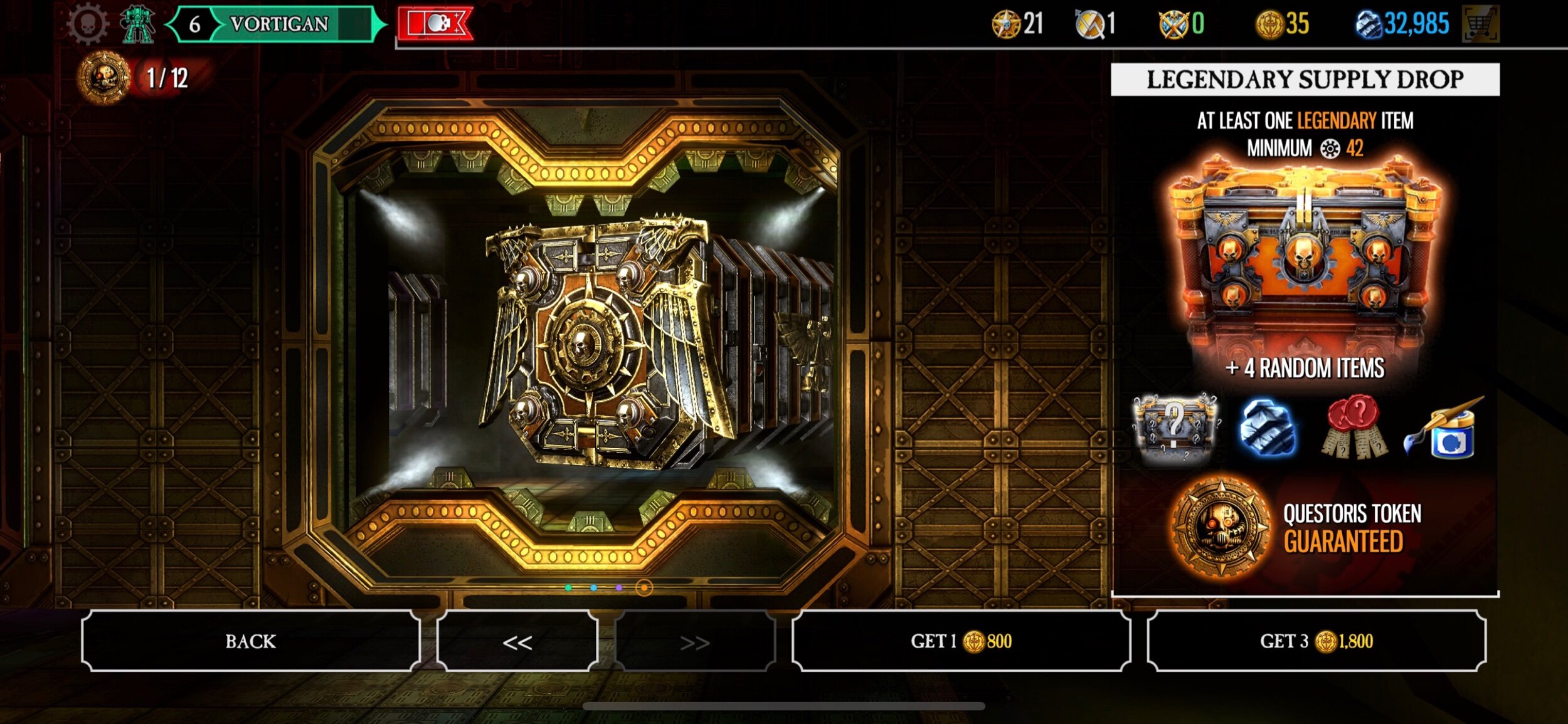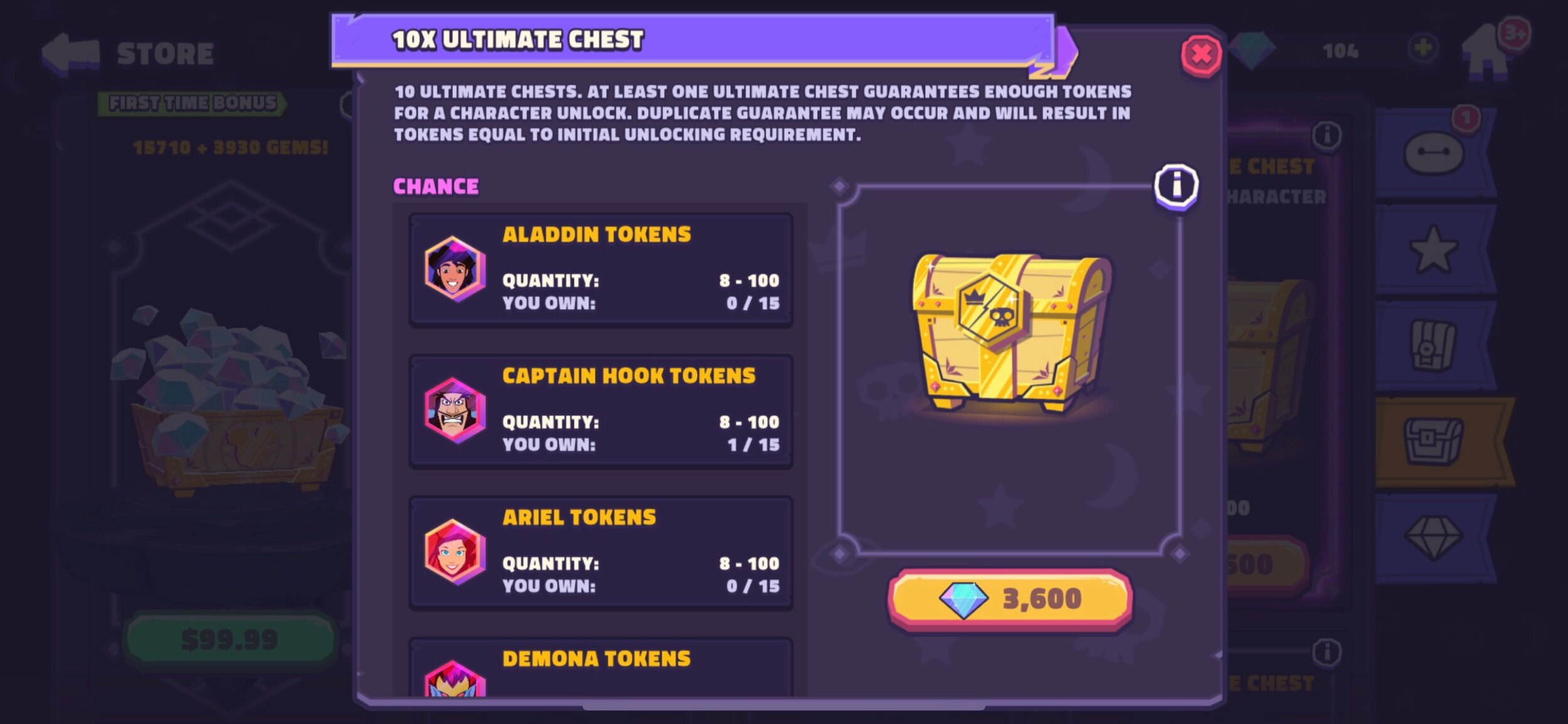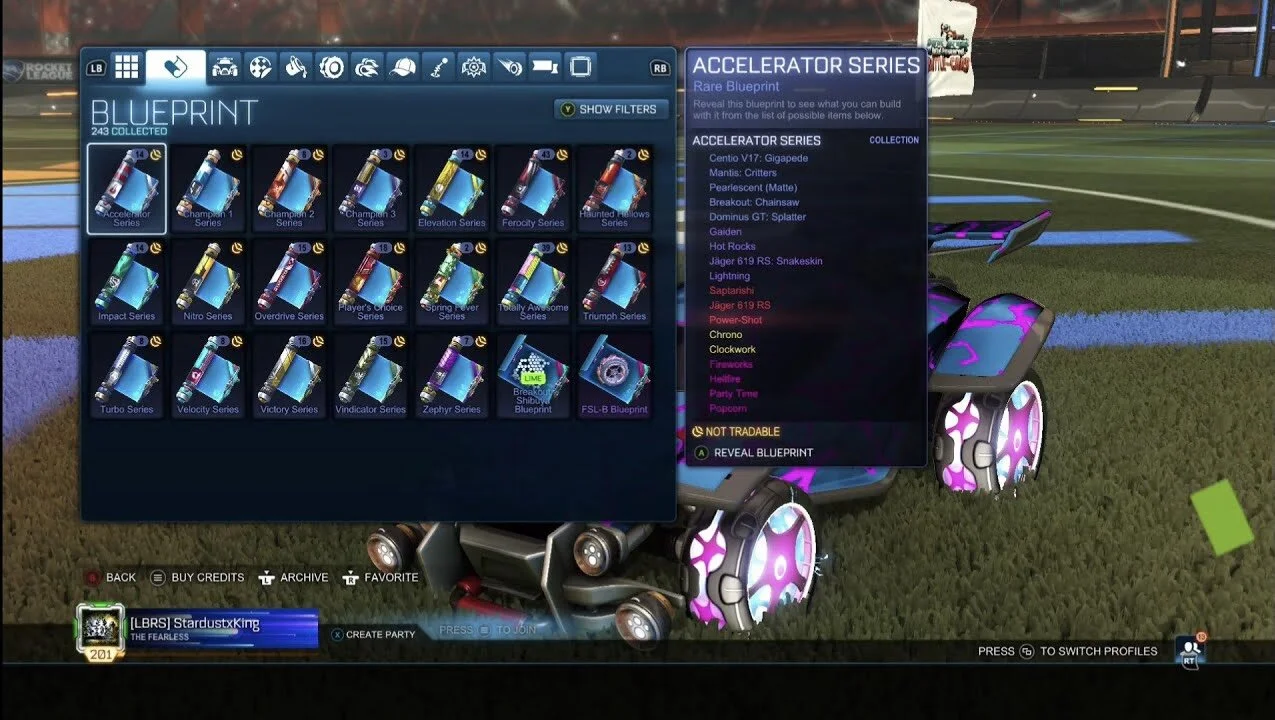Today we’re going to start talking about battle passes! Almost every successful live game has one, and we’re going to break down the most common types of battle passes seen today. We’ll discuss how they work, and the pros and cons in each.
Read More
Free-to-Play
Today we’re going to start talking about battle passes! Almost every successful live game has one, and we’re going to break down the most common types of battle passes seen today. We’ll discuss how they work, and the pros and cons in each.
Read MoreIf you’ve been paying attention to the gaming world, you’ll have noticed a certain animosity towards gacha boxes. This has gotten to the point where certain countries are beginning to outright ban them. In this post we’ll explore an alternative.
Read MoreHey everyone! Today, we’ll be briefly talking about loot boxes and how they can be done ethically. That is, ways we can design for loot boxes and sleep well at night. Without further ado, let's dive in with a short introduction.
Wikipedia defines loot boxes as “a consumable virtual item which can be redeemed to receive a randomized selection of further virtual items, or loot, ranging from simple customization options for a player’s avatar or character, to game changing equipment such as weapons and armor. A loot box is typically a form of monetization, with players either buying the boxes directly or receiving the boxes during play and later buying ‘keys’ with which to redeem them.”
The short version is they are seen as predatory because players are pressured to purchase a loot box, then are conditioned to purchase more and more in an endless loop. (Societal pressure to get them in, and once they’re in: a skinner box and the Sunken Cost Fallacy.) This takes advantage of players via putting them into a loop which they can’t break out of.
So clearly gacha boxes are evil, unethical, heinous things that need to be stopped. Well, the issue is that they make A LOT OF MONEY! And game studios need to make money to keep making games. Especially in the mobile market, where games are free to play. So, how do we balance the need to make money and keep people employed versus people getting hopelessly addicted to our mechanic?
There are a few possible solutions and they don’t have to come at a high price. Assuming we MUST use loot boxes, we would need to remove some of the hooks which force players to be hooked. But we cannot not completely shred them.
By doing this there is less of an “I need this item to compete in the leaderboard” and more of an “I want this item so I look cool”. It becomes about expression which is less likely to hook the player into a spiral.
That being said, if there is a community element, we still run the risk of the community deciding a particular item is valued above others and thus it becomes a status symbol which then pushes players to get it. But that’s a different kind of pressure, and we’re not forcing them to purchase our product to enjoy the game. So it would need to be handled in a different way.
This is also the easiest and safest way to incorporate loot boxes into your $60 game, without pissing off your entire community.
Games that do this:
Call of Duty Mobile
Destiny 2
Overwatch

The player can get skins for their vehicles, weapons, and characters in Call of Duty Mobile.
This one is particularly interesting, the user makes their pull and is guaranteed a specific type of item, but there is a catch. The user is presented with a small number of items that are all the same rarity and can pick only one. The others are destroyed.
This gives a certain level of choice and feels better overall because the user has some say in the rarer item they are getting.
By making them stop and think a little they’re less likely to keep pulling and regret it later.
A Game that does this:
Gwent

In Gwent, the player chooses their final card from a selection of cards with a guaranteed rarity.
One of the more player friendly variants is awarding the player a specific carrot item for larger purchases of boxes. This not only gives the reward the player wants, but also pays the developers a decent amount. This is less predatory because the player is guaranteed the item if they do the more expensive pull.
To monetize this further, you could make it so the player would require multiple copies of the item to fully max out the character or complete the task they are trying to achieve. In this way, the developers can make more money, and the players can figure out exactly how much it would cost so that they could make that decision if they wanted to pull the trigger on it or risk the cheaper gamble.
An alternate variation would be that after X pulls, if they haven’t received the item, the player gets a guaranteed drop of the carrot item. This helps to put a cap on the limit of boxes they’ll purchase and thus break them out of the loop when they get the item they want. However, this mechanic is typically coupled with a VIP system nowadays and is rarely found in the gacha system.
Games that do guarantee a reward for high purchases:
Warhammer 40000: Freeblade
War hammer 40000: Space Wolf
Disney Sorcerer’s Arena
Angry Birds Evolution

In Freeblade, the player gets a guaranteed item as well as a guaranteed item of Legendary rarity.

In Sorcerer’s Arena, if the player springs for the most expensive chest, they get a guaranteed character drop from a selection of characters instead of just some shards. (Technically, this one is a bit fuzzy for guaranteed reward, because you are guaranteed a more general reward of a character unlock rather than a specific character. Each of these concepts have a sliding scale in how they can be implemented and it’s ultimately up to the designer to make the decision as to what’s appropriate for their audience.)
Something unique I’ve seen is the use of gacha boxes in which the player would know what’s in it before purchasing. It sounds strange, but it takes the randomness from gacha boxes and does the randomness before the player pays for the box. Once they have the box, they can look in the box, see what’s in it, and decide if they want to pay for the item. This essentially removes the predatory nature of it all together as the players can decide if they want to spend on the item they will receive at all. So it becomes a cost to obtain the item in the box more than a cost to buy the box and hope for something good. The tricky thing with this system is, you can’t sell gacha boxes then. You can only use them in a reward capacity, so you’d want to drop them after games or use them in combination with a battle pass, VIP, or daily/log in reward system.
A game that does this:
Rocket League

As you can see from the above image, he’s received the blueprint but it remains unopened. On the right you can see the possible rewards, once he unlocks the blueprint and reveals what it is, he’ll have the option to pay for the item, store the unlocked blueprint, or trade it off for someone else’s blueprint.
(Image courtesy of Stardust Kings blueprint revealing video)
And an honorary mention (sounds good in concept but dangerous):
Have X number of items in a given player’s gacha pool, but each of them can only be received X times. Thus the amount of items in the gacha decreases and eventually the player will obtain the item they desire.
The problem with this one is your pool gets continually smaller, so it defeats the purpose of gacha boxes a little bit. While this is very user friendly, asthey can figure out how many pulls they need easily and it won't cost a ton, it’s not the best for making money because it puts a lot of strain on your pipeline for new content.
By being more open/honest with the players, we can help them to break out of the spiral, make enough money to keep the studios doors open, and sleep well at night.
...And help to slow the bad press against gacha boxes so governments wont make them illegal and we can still use them to monetize.
We’ll be back to our in depth analysis next post, this time with VIP systems and how some of the more common ones work. See you then!
That’s it for this post! If you like my work and want to support my caffeine addiction, please consider donating to my Ko-Fi.
Hey everyone,
I hope you've all been enjoying Pokemon Go this week. I know I have. I'll be writing an analysis of the game next week, but I was curious about what your first impressions were. My gut reaction sent me into an overwhelming flurry of joy, but, as the dust settles, I'm honestly feeling a hint of disappointment. I think my expectations were simply too high. It feels shallow without a definitive goal, outside of just catching them all, and because the gyms change hands so often, they seem pointless. Maybe once the initial rush calms down they'll be more interesting. That's not to discount my current Pokemon Go addiction.
Like I mentioned earlier, I'll have a full analysis next week, but I'd love to hear your initial thoughts!
See you guys next week,
Scott
I wrote this from a design perspective and hope anyone who hasn’t familiarized themselves with the app can enjoy the post. I start off outlining the mechanics and how the game functions, to familiarize the reader. From there, we get into the game’s economy balancing and how the designers promoted engagement.
Read More